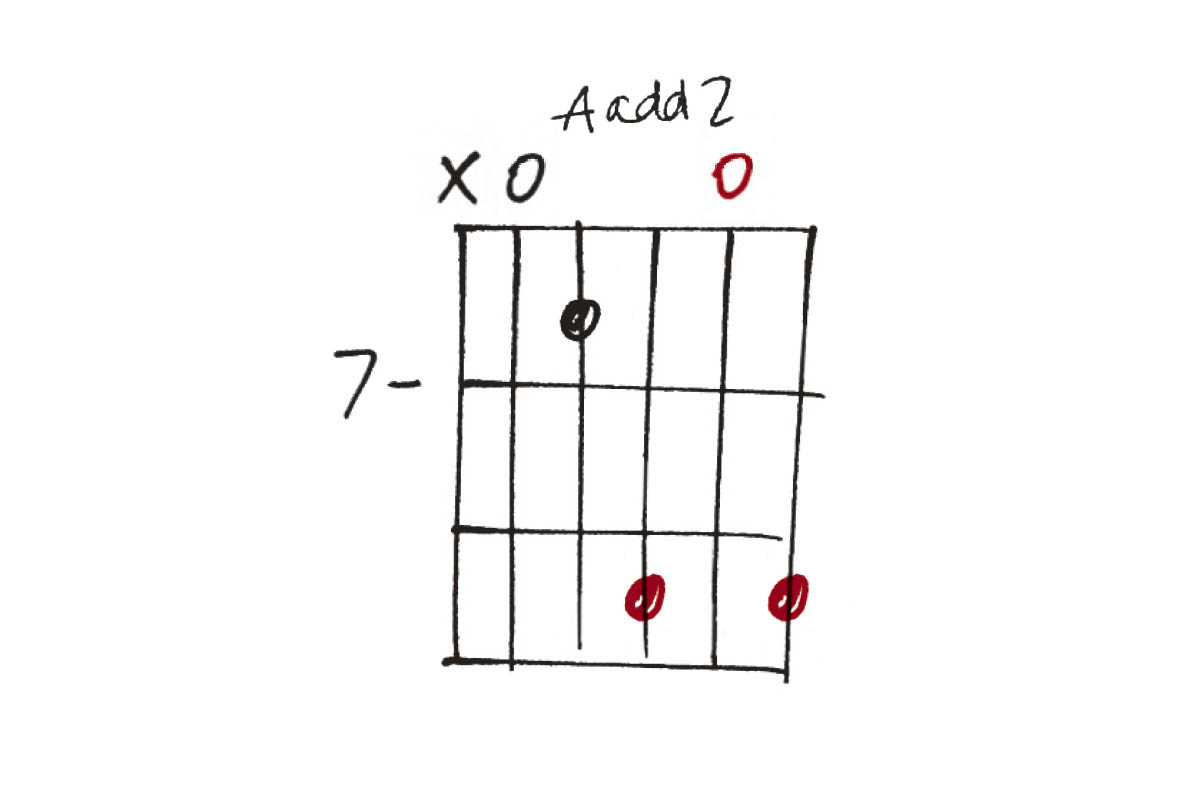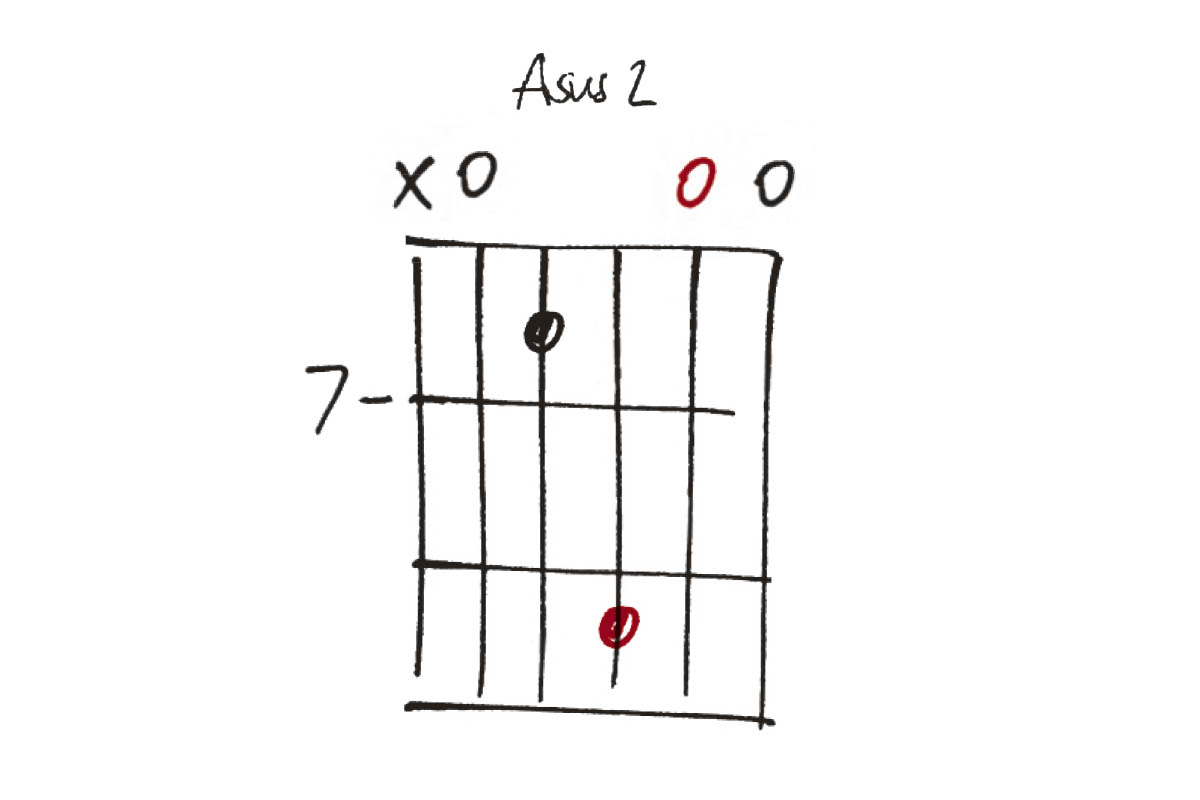Introducing contrasting open chords – the open-string shapes used by the likes of Alex Lifeson and Jeff Buckley in some of their dreamiest guitar parts
What is a contrasting open chord? It's simply an open chord that combines high-fretted notes and open strings, and it can be used to great effect on acoustic or electric guitar

Open chords are a real staple of acoustic guitar and have been put to great use on the electric by players such as Alex Lifeson, Pete Townshend and Jeff Buckley, among others. In this context, the word ‘contrasting’ refers to the combination of high fretted notes and open strings.
Though there are hundreds of possibilities, here are just some to give you food for thought.
The wide intervallic skips between the open and fretted strings are often a feature of chord playing when using open/altered tunings, but as these examples demonstrate, there is potential to explore before you reach for the tuners…
1. Amaj9
By virtue of the presence of the G# and B, we have here an A major 9. The low E could also be used in this instance, but it does tend to cloud the picture somewhat – we recommend using your fretting-hand thumb to rest against it to stop it sounding (without you needing to be too careful with your strumming).
2. G/A (I)
Counting down from the first string, here we have D-B-G -D, so that clearly gives us a G major chord, though the open 5th string gives us an A in the bass. Rather than naming this as some kind of altered A chord, we’re going with the ‘slash chord’ approach instead. The result? G/A.
3. Aadd2
Starting again from the highest note and working down across the strings, we encounter C#-B (open second string), E-A-A (open fifth string). As both the C# and B are present in what is otherwise an A major chord, we can call it an Aadd9 or Aadd2 although on GT we tend to prefer Aadd9, keeping 2 references to an Asus2.
4. G/A (II)
Sliding the shape used in Example 3 down two frets gives, as you might expect, some kind of G chord. But look more closely: we still have an A (open 5th string), so it’s not a straight G major. Elsewhere, we also have G-B-D, so it’s simple enough for us to call it G/A.
All the latest guitar news, interviews, lessons, reviews, deals and more, direct to your inbox!
5. Asus2
Using even fewer fretted notes and more open strings gives us just as many possibilities. This Asus2 chord is similar harmonically to the earlier Aadd2, but here you will notice the absence of C#, the major 3rd. This is the hallmark of all ‘sus’ chords.
6. G6/A
Sliding Example 5 down two more frets gives a type of G chord, but not so clear-cut as when we tried this earlier. G-D-B are on the fourth, third and second strings, but the E gives us an added 6th for a G6 chord. The lowest note is the A on the open fifth string, so we'll call it G6/A.
As well as a longtime contributor to Guitarist and Guitar Techniques, Richard is Tony Hadley’s longstanding guitarist, and has worked with everyone from Roger Daltrey to Ronan Keating.







